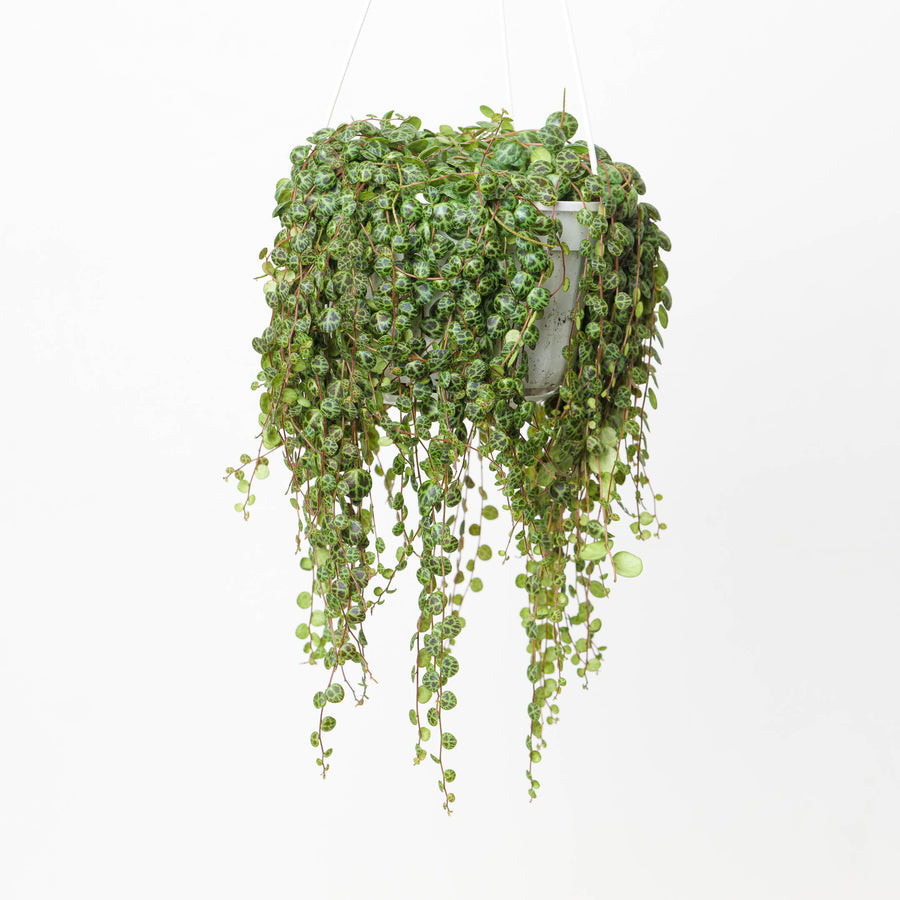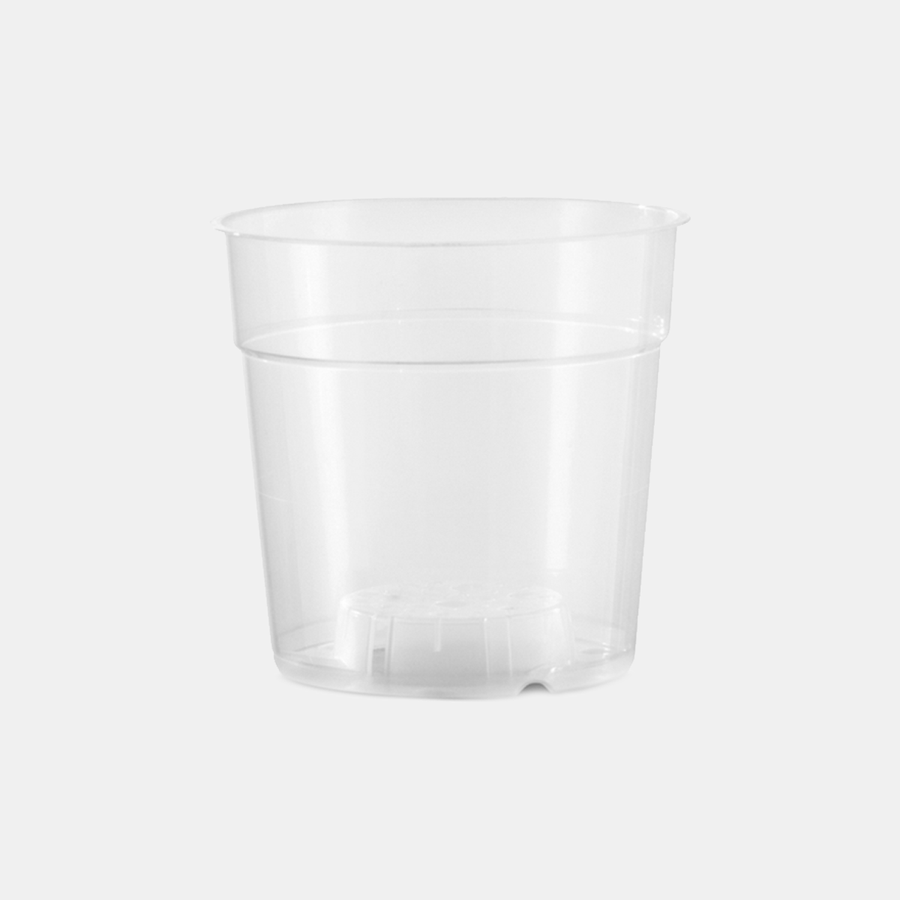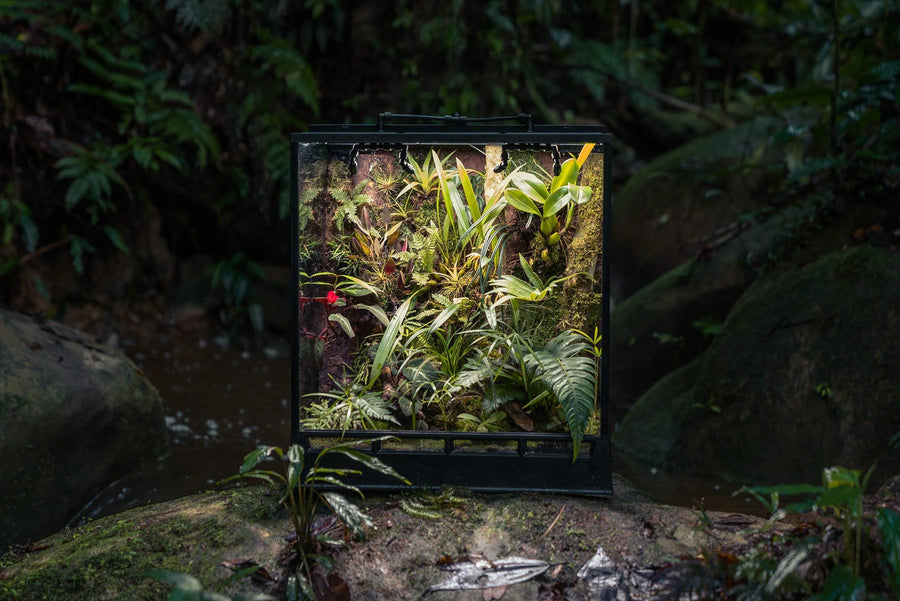Codonanthe crassifolia is a trailing epiphyte with small, thick, oval-shaped leaves and delicate white to pale pink flowers that bloom intermittently throughout the year. Its leaves are glossy and fleshy, helping the plant retain moisture, and it produces small, berry-like fruits after flowering. This cascading plant is well-suited to hanging baskets or placed on shelves where its trailing vines can be displayed. As a member of the Gesneriaceae family, it shares similarities with African violets but has a more vining growth habit, making it a unique addition to indoor spaces.
Codonanthe crassifolia is relatively easy to care for, adapting well to typical indoor conditions with proper attention to humidity and light. Its compact, cascading growth makes it ideal for smaller spaces, while its continuous blooming nature adds interest throughout the year.
Native to
Codonanthe crassifolia is native to the rainforests of Brazil, where it grows as an epiphyte on trees. In its natural habitat, it thrives in the shaded, humid environment of the forest understory, clinging to tree bark and absorbing moisture from the air. Its ability to grow without soil makes it well-adapted to life as a houseplant, especially when provided with well-draining substrate and moderate humidity.
Water
This plant prefers to dry out slightly between waterings. Water when the top layer of soil feels dry to the touch, but ensure that the plant is not left sitting in water, as it is susceptible to root rot. A well-draining potting mix, such as one designed for epiphytes or orchids, works best to prevent waterlogging.
Light
Bright, indirect light is ideal for Codonanthe crassifolia. Direct sunlight can scorch its leaves, but too little light may result in reduced flowering. It does well in a bright room where it receives filtered light or in areas with dappled sunlight, replicating the light conditions of its native rainforest canopy.
Humidity
Codonanthe crassifolia thrives in moderate to high humidity, ideally around 50-70%. Its epiphytic nature makes it well-suited to terrariums, where higher humidity levels can be easily controlled.
Temperature
This plant prefers warm indoor temperatures, ranging from 18-24°C. It is sensitive to cold draughts and should be kept away from windows or doors where temperatures might drop below 15°C. Stable, warm temperatures will encourage healthy growth and continuous blooming.











